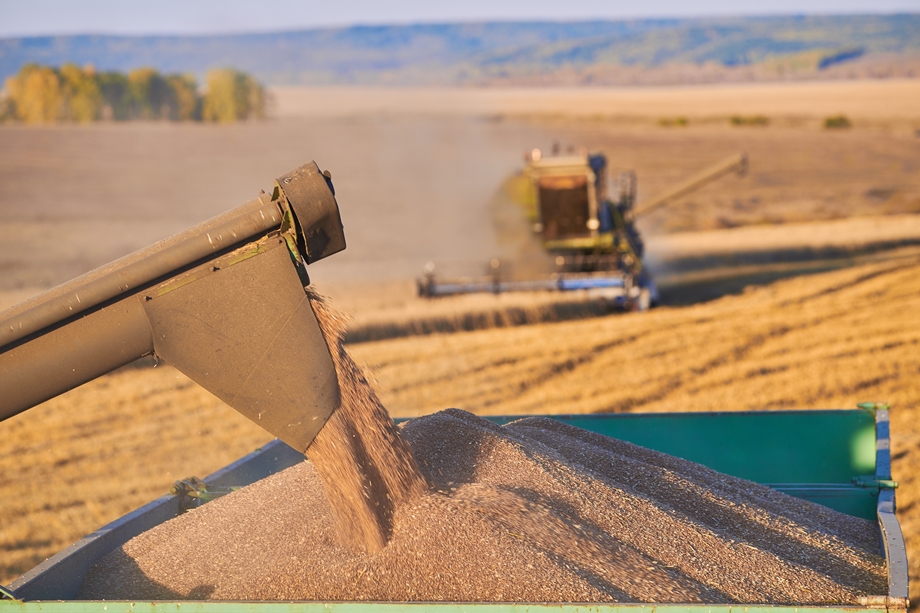French 2023 soft wheat crop pegged at 34.8mn t

France’s soft wheat production is due to rise just above average in 2023, but will fail to match up to earlier expectations after favourable weather conditions at the start of the season deteriorated in the run-up to harvest.
France is due to harvest 34.82mn t of soft wheat in 2023, according to results of the annual survey conducted by Argus’ agriculture analytical arm Agritel over 20-25 July.
This is above last year’s crop at 33.69mn t and represents an increase of 1.3pc from average production over the past five years.
Agritel forecasts yields at 7.3t/hectare (ha), or 1.4pc above the five-year average, with acreages rising slightly on the year this season to 4.77mn ha, according to estimates from France’s agriculture ministry.
Deteriorating weather conditions cut earlier potential
Frost late in April and a lack of rainfall from mid-May to mid-June dashed expectations of above-average yields after a relatively favourable start to the growing season in winter and early spring.
Late-season weather conditions also led to yields differing greatly from region to region, and even within certain regions, Agritel said.
Agritel estimated that the turn in weather conditions in May-June cost France around 2mn-3mn t in potential production, with losses concentrated in the northern two-thirds of the country. Dry weather, wind and a cold spring later followed by heat led to below-average yields in the western parts of the regions Centre-Val de Loire and Grand Est, as well as the northern parts of Bourgogne-Franche-Comte.
In northern and western France — Ile de France, Hauts-de-France, Normandy and Brittany — production is expected slightly below last year’s crop, with deeper soil and moderate weather allowing these regions to avoid heavier losses. Crops in western regions Aquitaine and Pays de la Loire developed ahead of other regions and so avoided poorer conditions towards the end of the season.
In contrast, regions in southern France — Aquitaine, Auvergne-Rhone-Alpes and Occitanie — benefited from sufficient rainfall at the end of spring and posted yields above average. This represents a sharp year-on-year recovery for these regions, which in 2022 suffered from drought.
Read also
Wheat in Southern Brazil Impacted by Dry Weather and Frosts
Oilseed Industry. Leaders and Strategies in the Times of a Great Change
Black Sea & Danube Region: Oilseed and Vegoil Markets Within Ongoing Transfor...
Serbia. The drought will cause extremely high losses for farmers this year
2023/24 Safrinha Corn in Brazil 91% Harvested
Write to us
Our manager will contact you soon



